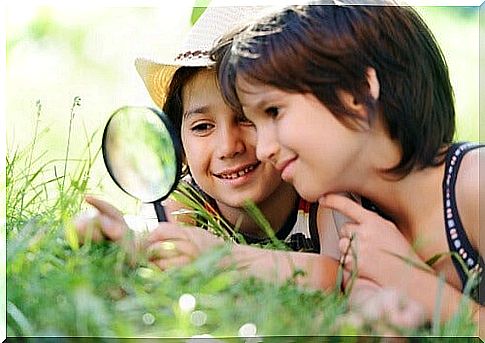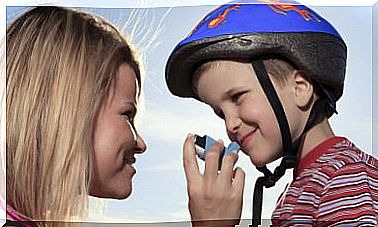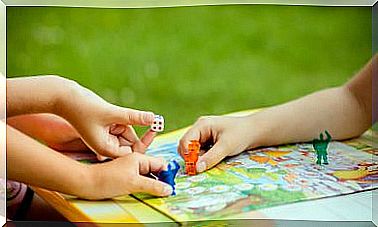Environmental Education For Children And Adolescents

Currently, environmental education is one of the most important topics to be instilled in children and adolescents. In addition to being an integral process that seeks to preserve the planet, it also creates reflection on the daily habits and actions of each person.
This education proposes providing sufficient information about the environment and all those reasons that imply the deterioration of environmental health , promoting, in turn, responsibility and good habits.
What is really expected of environmental education?
The fact of transmitting something so necessary for the well-being of the planet and of all the people, animals and things that inhabit it makes them its main objectives:
- The creation of awareness for young people , exposing existing environmental problems and the damages they generate.
- Encourage interest and participation for the benefit and care of the environment.
- The development of the capacity to accept information and research about the environment from a young age.
In addition, it is also expected to expand knowledge in the field through the help of teachers and parents, with an emphasis on the education of the very young. They must be taught to understand the importance of protecting the Earth.
When should environmental education start?
Because it is a process that pursues the well-being of the planet and the living beings that reside on it, environmental education must be taught from an early age. In addition, it must be reinforced over time, thus hoping that it will last a lifetime.
In this way, the acquired knowledge can be used in the daily life of each person. This, then, will be able to understand the need to care for and preserve natural spaces.
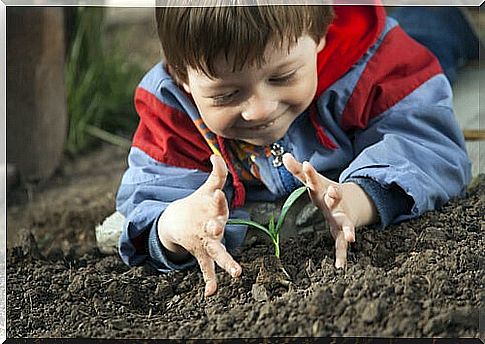
In the same way, feelings of empathy with the living beings that surround them may also be generated and thus the intention to protect them will be awakened.
However, it is important that environmental education be taught progressively. Thus, the process of knowledge, reflection and assimilation may be effective and will not put any of the components involved, such as:
- The habitat.
- People, plants or animals.
Where should these lessons be given?
In the first place, it is necessary to begin teaching the lessons regarding the health and well-being of the planet at home. In this way, there will be more possibilities for the child to become familiar with these concepts and to be able to apply them in his life.
You will receive new knowledge and concepts that will evolve over time. In addition, you will not only be able to answer for your own actions and bear the consequences of your actions.
There will also be the possibility for you to share your knowledge with people around you once you feel able to do so.
What activities can help benefit reflection on environmental well-being?
Generally, the aim is to start encouraging children from home, so that they can have a solid base on which to lean when they start school education. And, in addition, that it can expand along with its growth.
Once in school, the best way to promote this instruction successfully is through hands-on educational and recreational tools, such as talks, workshops, games, classes, and exhibits.
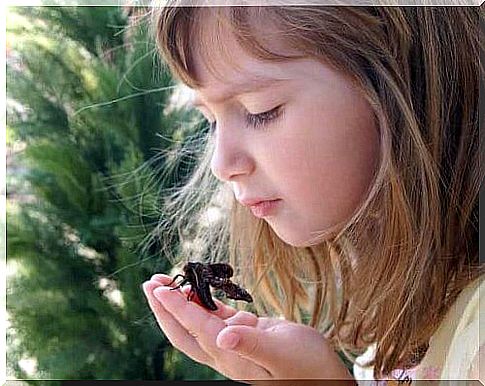
On the other hand, technologies, with which children and adolescents are so familiar, can also be used. These technological innovations tend to have a huge influence on each of your behaviors.
However, out-of-the-ordinary activities that involve close proximity to elements such as natural energy, landscaping, air, water, and wildlife can more easily capture the young person’s attention. They are between them:
- Trips to aquariums.
- Expeditions to the field.
- River studies.
- Hikes through the mountains.
The realization of these activities, in addition to being able to help to understand the functioning and importance of the environment more easily, also encourages the hopes of preserving it.
Finally, to further motivate this development, it is important to provide them with their own judgments and behaviors. The example of close people may have more relevance to young people than any other type of teaching.
